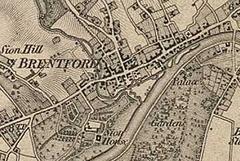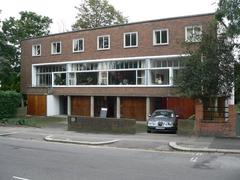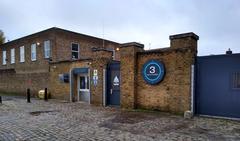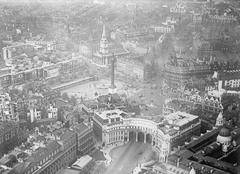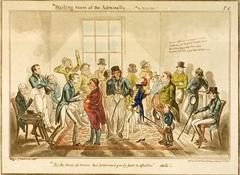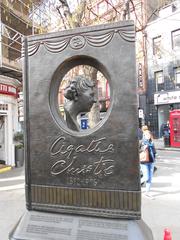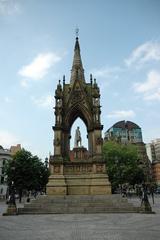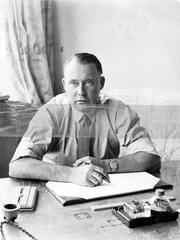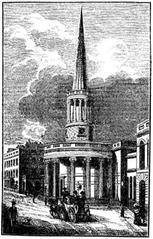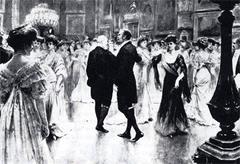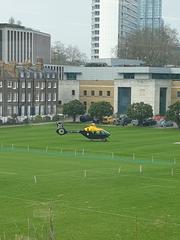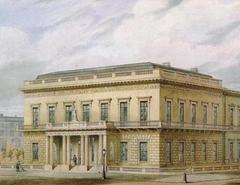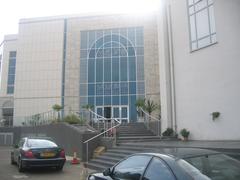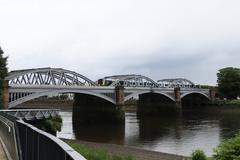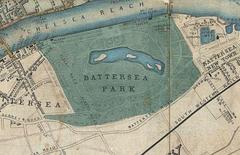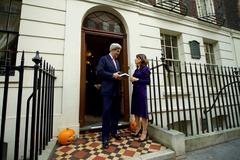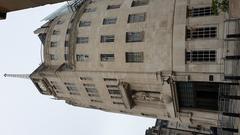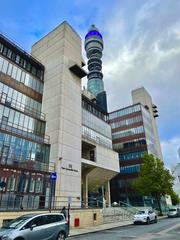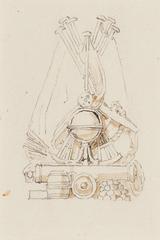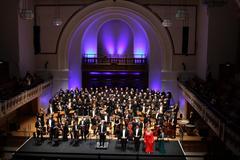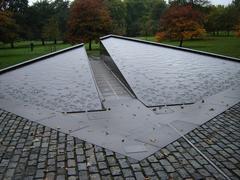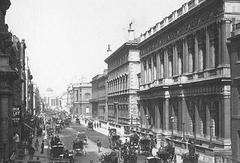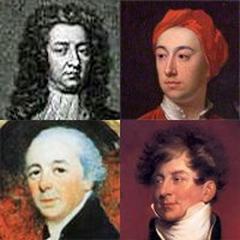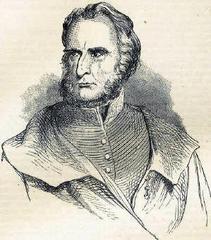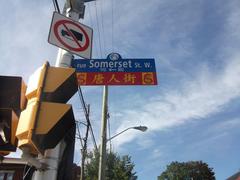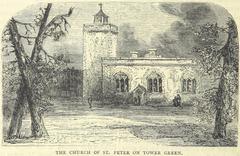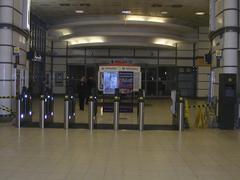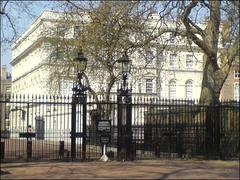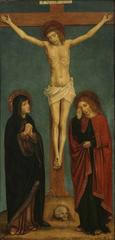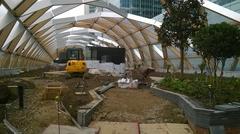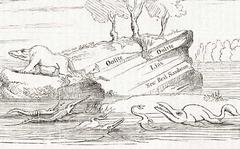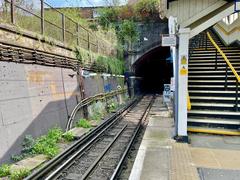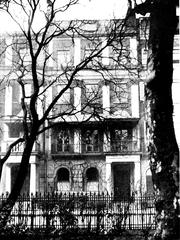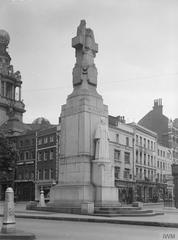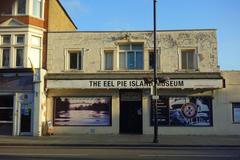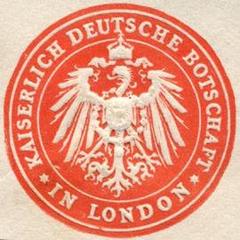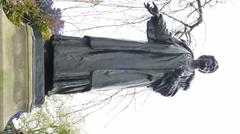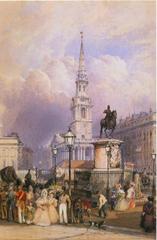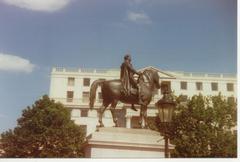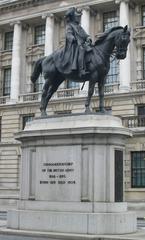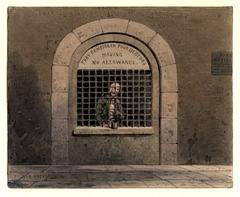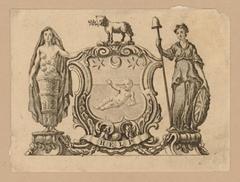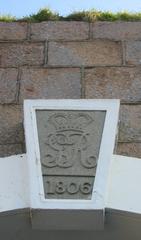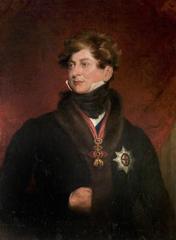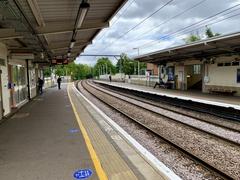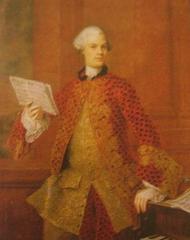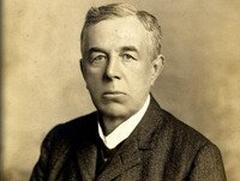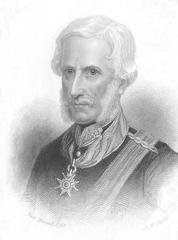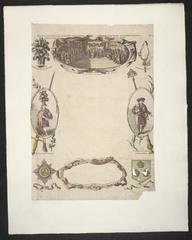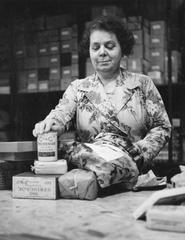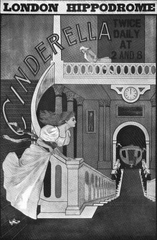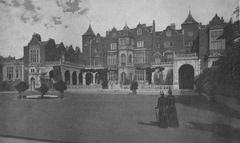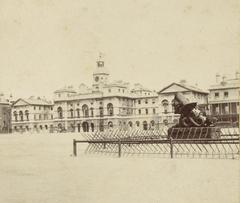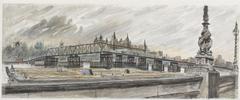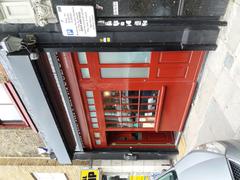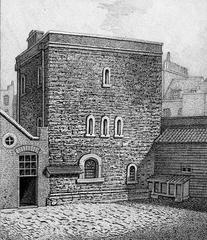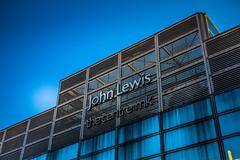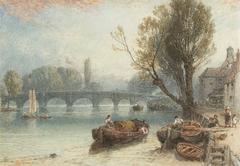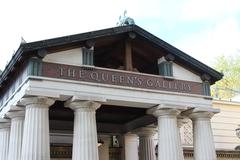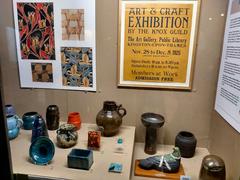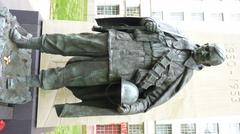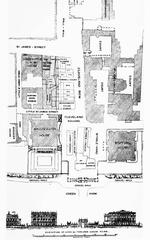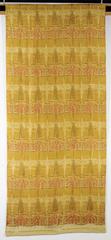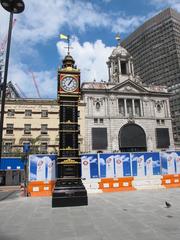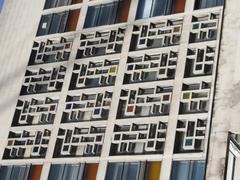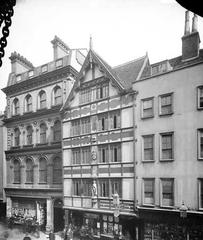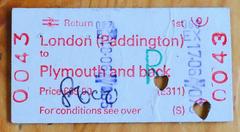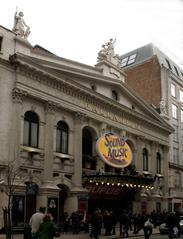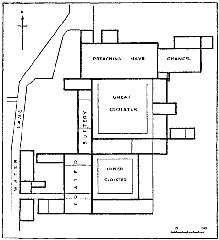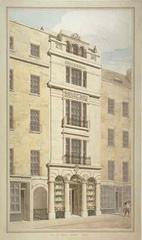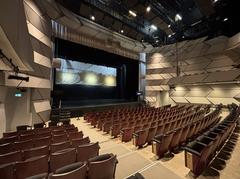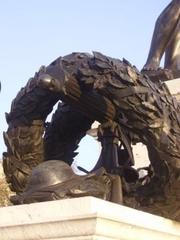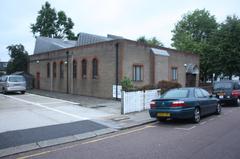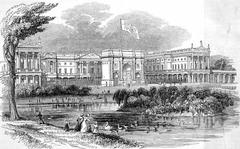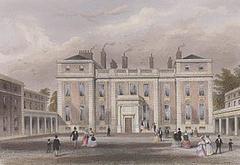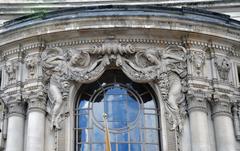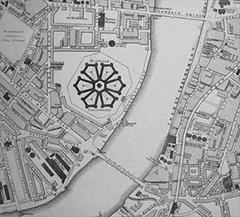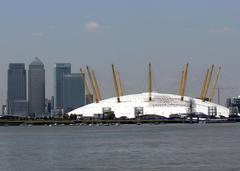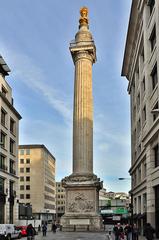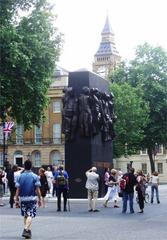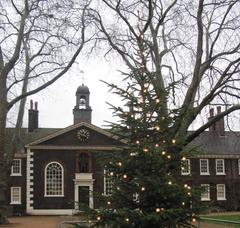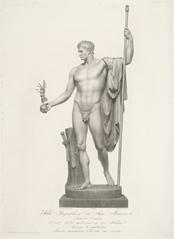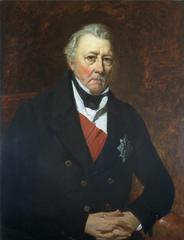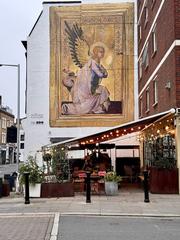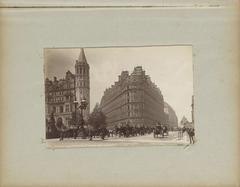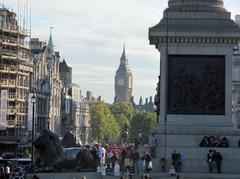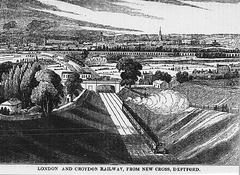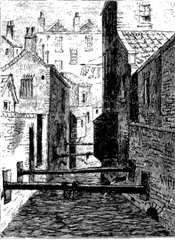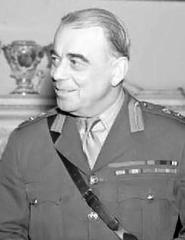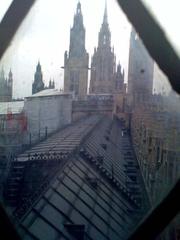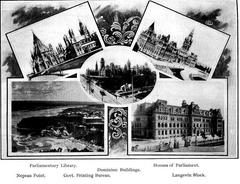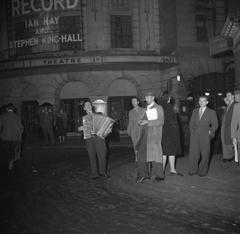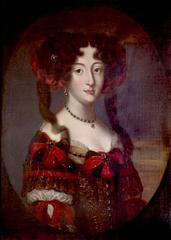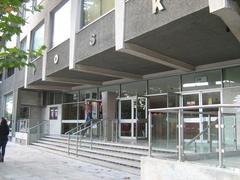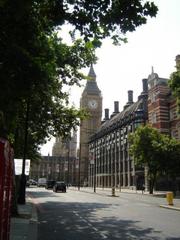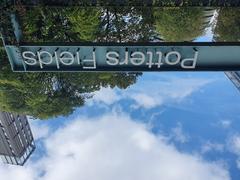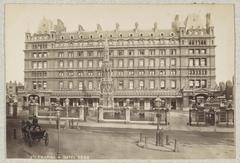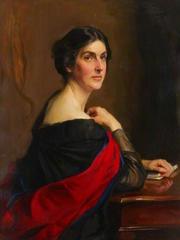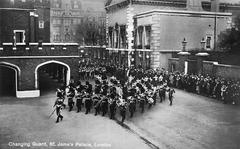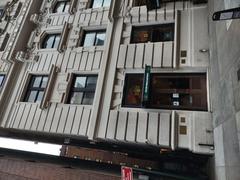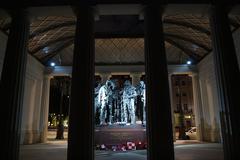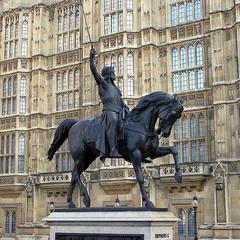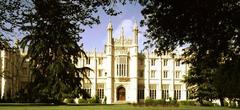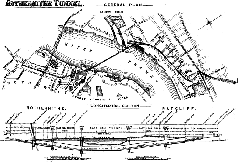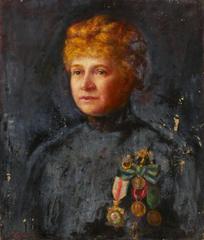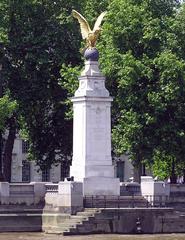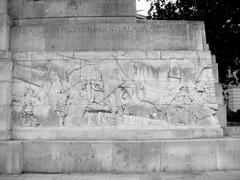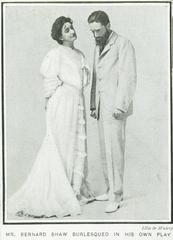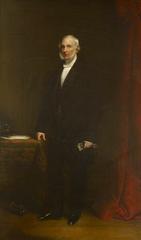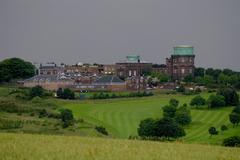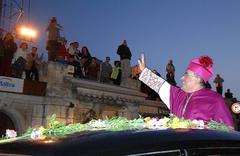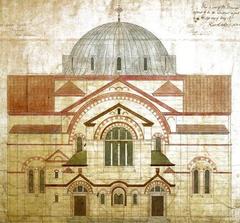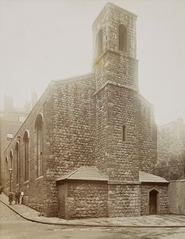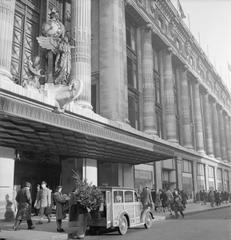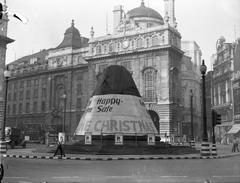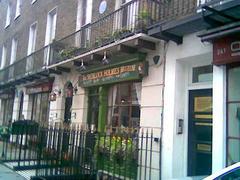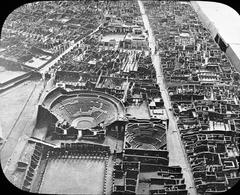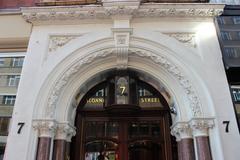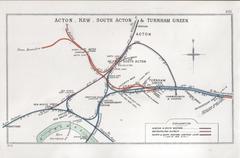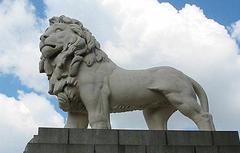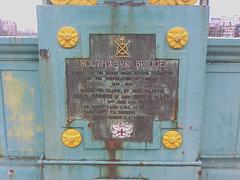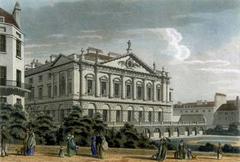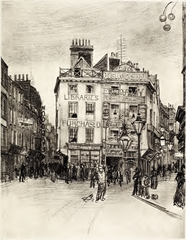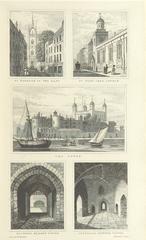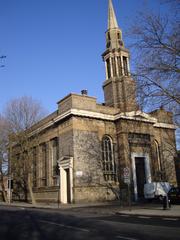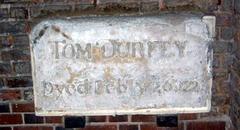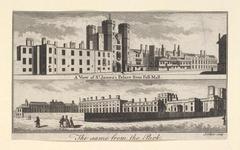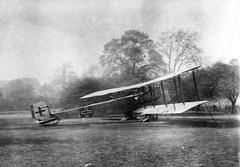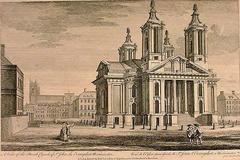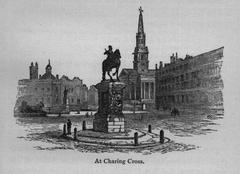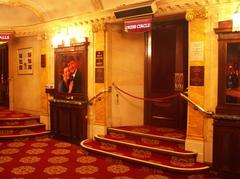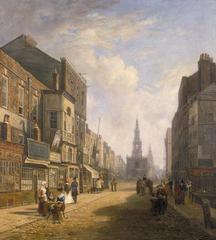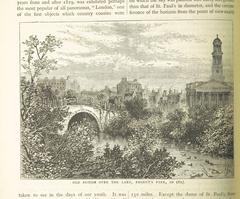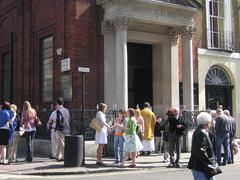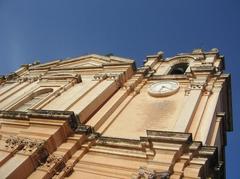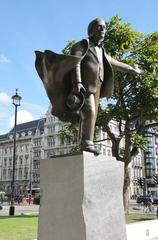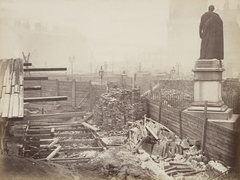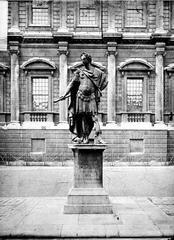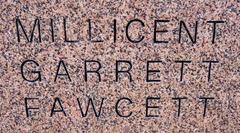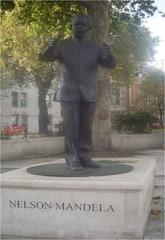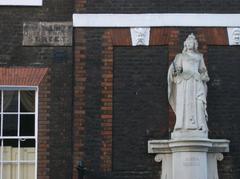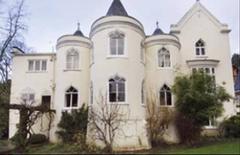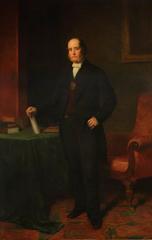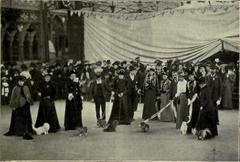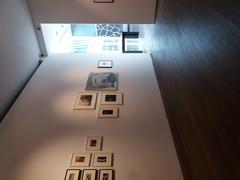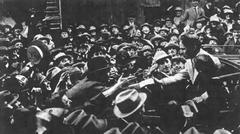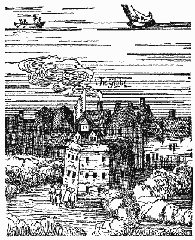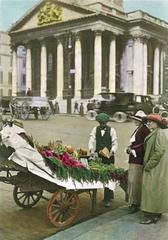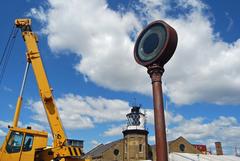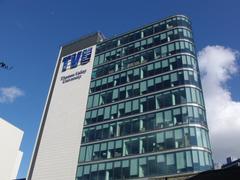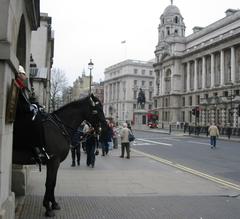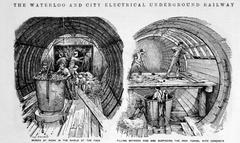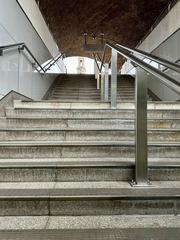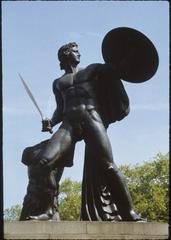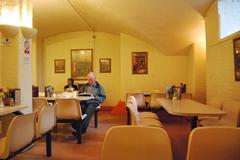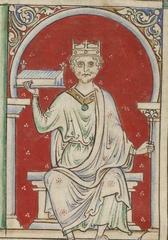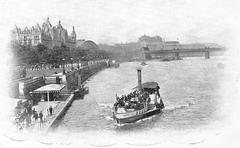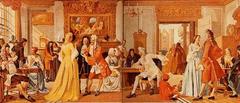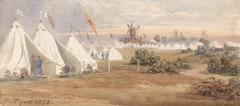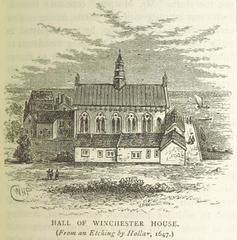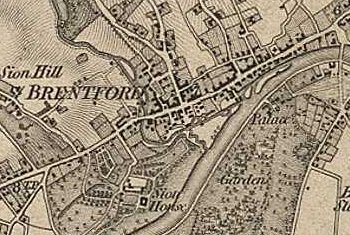
Syon Park Visiting Hours, Tickets, and Tips
Date: 19/07/2024
Welcome to Our Comprehensive Guide to Syon Park
In this article, we will cover everything you need to know for your visit, including the park’s history, cultural significance, visitor information, and travel tips.
Nestled on the banks of the River Thames in West London, Syon House and Syon Park offer a unique blend of historical grandeur and natural beauty. This storied estate provides visitors with an immersive journey through England’s rich heritage, from its royal connections to its architectural marvels. Whether you’re a history buff, a garden enthusiast, or simply looking for a serene escape, Syon House has something for everyone. This guide will explore the fascinating history of Syon House, provide practical visitor information, and highlight key features that make this site a must-visit on your London itinerary.
Table of Contents
- [Introduction](#introductionintroduction)
- [Syon House - A Historic Gem](#syon-house---a-historic-gemsyon-house---a-historic-gem)
- [Early Beginnings and Royal Connections](#early-beginnings-and-royal-connectionsearly-beginnings-and-royal-connections)
- [The Northumberland Connection](#the-northumberland-connectionthe-northumberland-connection)
- [Architectural Transformations](#architectural-transformationsarchitectural-transformations)
- [Syon Park - A Landscape Masterpiece](#syon-park---a-landscape-masterpiecesyon-park---a-landscape-masterpiece)
- [Capability Brown’s Vision](#capability-browns-visioncapability-browns-vision)
- [The Great Conservatory - A Victorian Marvel](#the-great-conservatory---a-victorian-marvelthe-great-conservatory---a-victorian-marvel)
- [Visitor Information](#visitor-informationvisitor-information)
- [Significance and Legacy](#significance-and-legacysignificance-and-legacy)
- [FAQ](#faqfaq)
- [Conclusion](#conclusionconclusion)
- [References](#referencesreferences)
Discover Syon House - Visiting Hours, Tickets, and Historical Insights
Introduction
Nestled on the banks of the River Thames in West London, Syon House and Syon Park provide a unique blend of historical grandeur and natural beauty. This storied estate offers visitors an immersive journey through England’s rich heritage, from its royal connections to its architectural marvels. Whether you’re a history buff, a garden enthusiast, or simply looking for a serene escape, Syon House has something for everyone. In this guide, we’ll explore the fascinating history of Syon House, provide practical visitor information, and highlight the key features that make this site a must-visit on your London itinerary.
Syon House - A Historic Gem
Syon House boasts a rich history dating back to the Tudor period. Its story is interwoven with royalty, religious orders, and architectural grandeur, making it one of London’s most significant historical sites.
Early Beginnings and Royal Connections
- 1086: The site where Syon House stands was originally home to a monastery of the Order of Saint Benedict, established following the Norman Conquest.
- 1415: After the Battle of Agincourt, King Henry V dissolved the monastery and established a Bridgettine double monastery, Syon Abbey, on the site. This abbey became one of the most wealthy and influential religious houses in England. (Historic England)
- 1539: The Dissolution of the Monasteries under King Henry VIII led to the abbey’s seizure and the nuns’ expulsion.
The Northumberland Connection
- 1550: King Edward VI granted the estate to his uncle, Edward Seymour, Duke of Somerset and Lord Protector. Seymour began building Syon House, but his execution in 1552 halted construction.
- 1590s: Syon House was eventually completed by Henry Percy, 9th Earl of Northumberland, who acquired the property through marriage. The Percys, one of England’s most powerful noble families, have owned Syon House ever since. (Syon Park Official Website)
Architectural Transformations
- 1760s: Syon House underwent a significant transformation under the direction of Hugh Percy, 1st Duke of Northumberland. He commissioned renowned architect Robert Adam to remodel the house’s interiors in the neoclassical style. Adam’s work at Syon House is considered some of his finest, showcasing his innovative use of space, light, and decorative motifs.
- 1820s: Landscape architect Lancelot “Capability” Brown redesigned the park surrounding Syon House, creating a picturesque landscape of rolling hills, lakes, and groves of trees. This parkland setting enhances the grandeur of Syon House and offers visitors a serene escape from the bustle of London.
Syon Park - A Landscape Masterpiece
Syon Park’s 200 acres are a testament to centuries of evolving landscape design principles.
Capability Brown’s Vision
- Naturalistic Beauty: Brown’s design replaced the formal gardens popular in earlier centuries with a more naturalistic style. He created sweeping vistas, serpentine lakes, and gently rolling lawns that mimicked the natural landscape.
- Hidden Gems: The parkland is dotted with hidden follies, bridges, and statues, inviting exploration and discovery. These elements add an air of mystery and romance to the landscape.
The Great Conservatory - A Victorian Marvel
- 1830s: The Great Conservatory, designed by Charles Fowler for the 6th Duke of Northumberland, is a masterpiece of Victorian engineering and a highlight of Syon Park. This magnificent glass and iron structure was a marvel of its time and housed a vast collection of exotic plants. (The Royal Parks)
Visitor Information
Planning a visit to Syon House? Here’s everything you need to know:
- Syon House Visiting Hours: Syon House is open to visitors from April to October, typically from 11 AM to 5 PM, with the last admission at 4 PM. It’s always best to check the official Syon Park website for current visiting hours.
- Syon House Tickets: Admission prices vary, with discounts available for children, seniors, and families. Tickets can be purchased online or at the entrance. For the latest rates, visit the Syon Park ticket page.
- Travel Tips: Syon House is easily accessible by public transport, with the nearest train station being Syon Lane. There is also ample parking for those driving.
- Nearby Attractions: While visiting Syon House, consider exploring nearby attractions such as Kew Gardens, Richmond Park, and the historic town of Richmond.
- Accessibility: Syon House and Syon Park are committed to being accessible to all visitors. Wheelchair access is available throughout the house and gardens, and assistance dogs are welcome.
Significance and Legacy
Syon Park and Syon House hold significant historical and cultural importance:
- Architectural Gem: Syon House is a rare example of Robert Adam’s neoclassical interiors, showcasing his innovative design principles and exquisite craftsmanship.
- Landscape Masterpiece: Syon Park exemplifies Capability Brown’s influential landscape design principles, which continue to inspire garden designers today.
- Royal and Noble Heritage: The estate’s history, intertwined with royalty and powerful families like the Percys, offers a glimpse into England’s aristocratic past.
- Cultural Hub: Today, Syon Park serves as a venue for various events, including concerts, art exhibitions, and farmers’ markets, making it a vibrant cultural hub.
FAQ
What are the opening hours of Syon House?
Syon House is typically open from 11 AM to 5 PM from April to October. For the most current information, check the Syon Park website.
How much are tickets to Syon House?
Ticket prices vary, with discounts for children, seniors, and families. For the latest prices, visit the Syon Park ticket page.
Is Syon House accessible for visitors with disabilities?
Yes, Syon House and Syon Park are accessible to visitors with disabilities, with wheelchair access throughout the house and gardens.
Conclusion
Syon Park and Syon House offer a captivating blend of history, architecture, and natural beauty. The estate’s rich past, evident in its grand house and picturesque parkland, provides a unique and memorable experience for visitors seeking to delve into England’s heritage. Don’t forget to check the visiting hours, book your tickets in advance, and explore the nearby attractions to make the most of your visit. For more updates and information, follow us on social media and download our mobile app Audiala.
References
- Historic England, 2023, historicengland.org.uk
- Syon Park Official Website, 2023, syonpark.co.uk
- The Royal Parks, 2023, royalparks.org.uk
- Historic Royal Palaces, 2023, hrp.org.uk
- The Garden Trust, 2023, thegardentrust.org.uk
- London Butterfly House, 2023, londonbutterflyhouse.com
